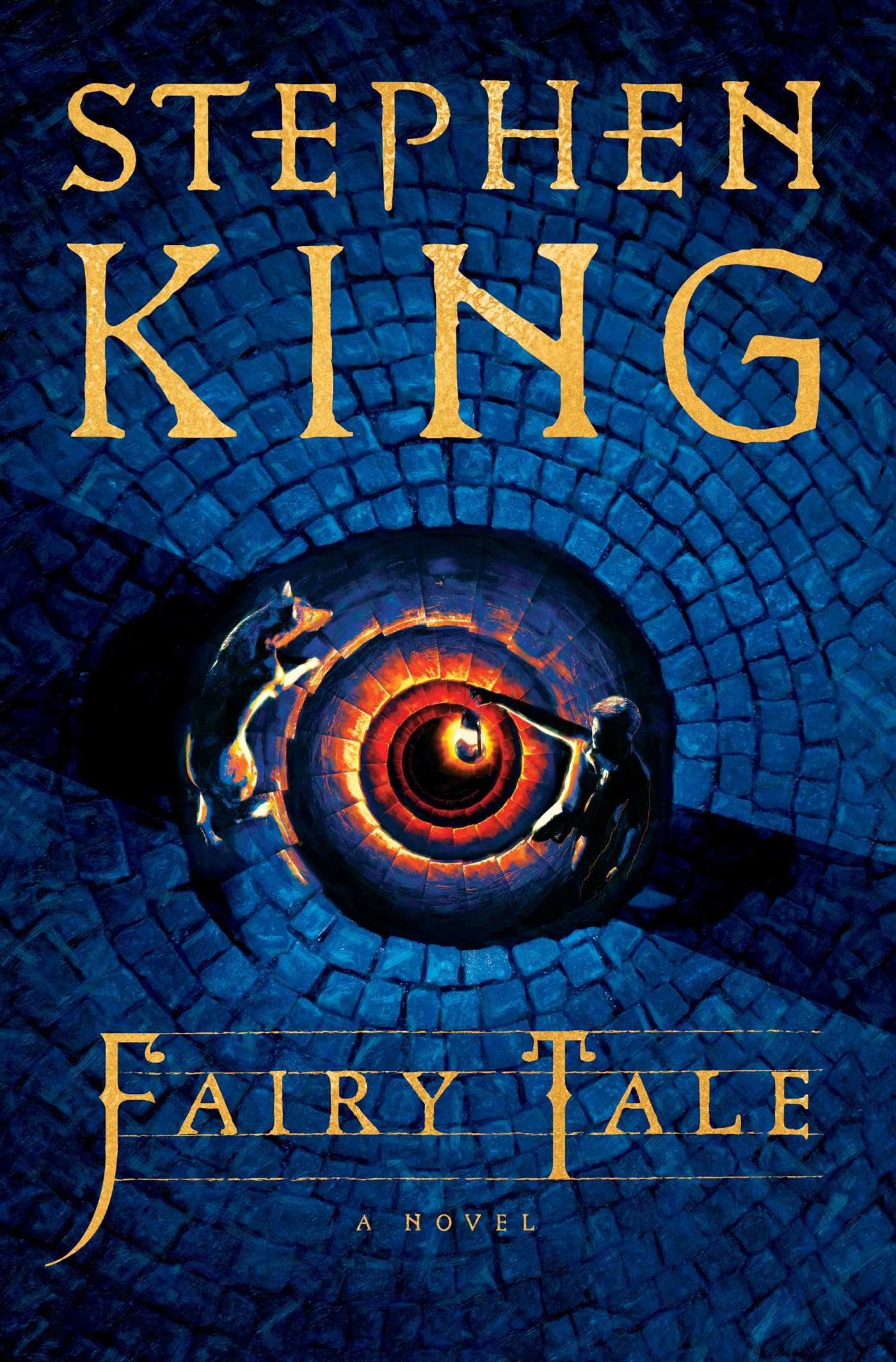In October I read forty-nine books.
Books reviewed at Becky's Book Reviews
120. The Epic Story of Every Living Thing. Deb Caletti. 2022. 416 pages. [Source: Library]![]() 121. So Much More to Helen! Meeg Pincus. Illustrated by Caroline Bonne-Muller. 2022. [April] 32 pages. [Source: Library]
121. So Much More to Helen! Meeg Pincus. Illustrated by Caroline Bonne-Muller. 2022. [April] 32 pages. [Source: Library]![]() 122. Choosing Brave: How Mamie Till-Mobley and Emmett Till Sparked the Civil Rights Movement. Angela Joy. Illustrated by Janelle Washington. 2022. 64
pages. [Source: Library]
122. Choosing Brave: How Mamie Till-Mobley and Emmett Till Sparked the Civil Rights Movement. Angela Joy. Illustrated by Janelle Washington. 2022. 64
pages. [Source: Library]
123. Magnificent Obsession. Lloyd C. Douglas. 1929. 336 pages. [Source: Library]
124. The Roman Hat Mystery. Ellery Queen. (aka Frederic Dannay and Manfred Bennington Lee) 1929. 239 pages. [Source: Library]
125. The House of Hades. (The Heroes of Olympus #4) Rick Riordan. 2013. 597 pages. [Source: Library]
126. Passing. Nella Larsen. (Introduced by Emily Bernard). 1929. 160 pages. [Source: Library]
127. We Own the Sky. Rodman Philbrick. 2022. [September] 208 pages. [Source: Library]
128. The Blood of Olympus (The Heroes of Olympus #5) Rick Riordan. 2014. 516 pages. [Source: Library]
129. The Jumping-Off Place. Marian Hurd McNeely. Illustrated by William Siegel. 1929. 321 pages. [Source: Review copy]![]() 130. Days of Infamy: How A Century of Bigotry Led to Japanese American Internment. Lawrence Goldstone. 2022. 288 pages. [Source: Library]
130. Days of Infamy: How A Century of Bigotry Led to Japanese American Internment. Lawrence Goldstone. 2022. 288 pages. [Source: Library]
131. Fairy Tale. Stephen King. 2022. 608 pages. [Source: Library]
132. Vampiric Vacation: Sinister Summer #2. Kiersten White. 2022. 320 pages. [Source: Library]![]() 133. Crash from Outer Space: Unraveling the Mystery of Flying Saucers, Alien Beings, and Roswell. Candace Fleming. 2022. [October] 288 pages.
[Source: Library]
133. Crash from Outer Space: Unraveling the Mystery of Flying Saucers, Alien Beings, and Roswell. Candace Fleming. 2022. [October] 288 pages.
[Source: Library]
134. Beauvallet. Georgette Heyer. 1929. 272 pages. [Source: Library]
135. Hitty: Her First Hundred Years. Rachel Field. Illustrated by Dorothy P. Lathrop. 1929. 256 pages. [Source: Library]
136. You Only Live Once, David Bravo. Mark Oshiro. 2022. 381 pages. [Source: Library]
137. Ender's Game. Orson Scott Card. 1985. 324 pages. [Source: Bought]
138. The Scrivener's Bones( Alcatraz Versus The Evil Librarians #2) Brandon Sanderson. 2008. 322 pages. [Source: Library]
139. Black Bird, Blue Road. Sofiya Pasternack. 2022. [September] 320 pages. [Source: Library]
Books reviewed at Young Readers
153. The Sisters Grimm: The Unusual Suspects. Michael Buckley. Illustrated by Peter Ferguson. 2005. 292 pages. [Source: Library]
154. How To Build An Orchestra. Mary Auld. Illustrated by Elisa Paganelli. 2020. [October] 48 pages. [Source: Library]
155. Sometimes I Grumblesquinch. Rachel Vail. Illustrated by Hyewon Yum. 2022. [August] 40 pages. [Source: Library]
156. Ben Yokoyama and the Cookie Thief (Cookie Chronicles #4) Matthew
Swanson. Illustrated by Robbi Behr. 2022. [September] 304 pages.
[Source: Library]
160. Even Robots Can Be Thankful. Jan Thomas. 2022. 64 pages. [Source: Library]
161. How Kind! (Board Book) Mary Murphy. 2022. 24 pages. [Source: Library]
162. Hey, Bruce! An Interactive Book. Ryan T. Higgins. 2022. 48 pages. [Source: Library]
163. Haylee and Comet: Over the Moon (Haylee and Comet #3) Deborah Marcero. 2022. 72 pages. [Source: Library]
164. The Area 51 Files. Julie Buxbaum. 2022. [September] 304 pages. [Source: Library]
165. Race to Fire Mountain (Future Hero #1) Remi Blackwood. 2022. [August] 144 pages. [Source: Library]
166. Ruby Finley vs. the Interstellar Invasion. K. Tempest Bradford. 2022. 208 pages. [Source: Library]
167. Just Harriet. Elana K. Arnold. 2022. 208 pages. [Source: Library]
169. Ballewiena. Rebecca Bender. 2022. 32 pages. [Source: Library]
170. Doggo and Pupper Save The World (Doggo and Pupper #2) Katherine Applegate. Illustrated by Charlie Alder. 2022. 96 pages. [Source: Library]
171. Who Was A Daring Pioneer of the Skies? Amelia Earhart. Melanie Gillman. 2022. [August] 64 pages. [Source: Library]
173. Creepy Crayon! Aaron Reynolds. Illustrated by Peter Brown. 2022. [August] 48 pages. [Source: Library]
174. A Very Mercy Christmas. Kate DiCamillo. Illustrated by Chris Van Dusen. 2022. [September] 32 pages. [Source: Library]
Books reviewed at Operation Actually Read Bible
37. The First Songs of Christmas. Nancy DeMoss Wolgemuth. 2021. 160 pages. [Source: Bought]
38. The Florence Legacy. Lauraine Snelling. 2022. 400 pages. [Source: Review copy]
![]() 39. The Extraordinary Deaths of Mrs. Kip. Sara Brunsvold. 2022. 361 pages. [Source: Library]
39. The Extraordinary Deaths of Mrs. Kip. Sara Brunsvold. 2022. 361 pages. [Source: Library]
Bibles reviewed at Operation Actually Read Bible
October Totals
2022 Yearly Totals
© 2022 Becky Laney of Becky's Book Reviews





















